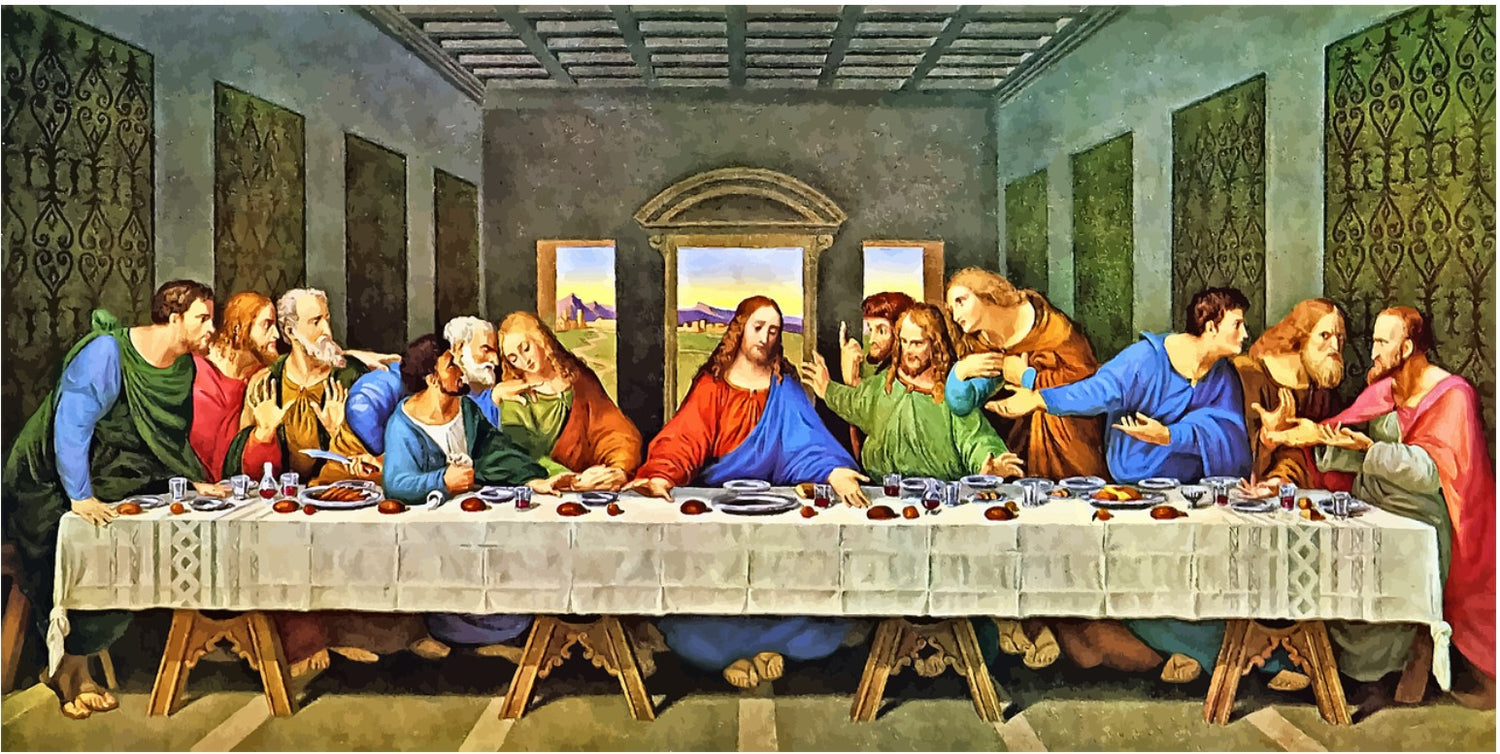Introduction: The Renaissance Polymath Leonardo da Vinci’s name is synonymous with genius. Born in 1452 in Vinci, Italy, this Renaissance icon was a painter, sculptor, inventor, and scientist. His insatiable curiosity and multidisciplinary approach to life made him a towering figure not just of his time, but for all time. This blog delves into the life, works, and lesser-known facets of Leonardo da Vinci, while integrating essential keywords to provide an engaging narrative for readers.
The Early Years: Shaping a Genius Leonardo was born out of wedlock to a notary, Piero da Vinci, and a peasant woman, Caterina. Growing up in rural Tuscany, young Leonardo exhibited a deep connection to nature, a trait that would heavily influence his later works. Unlike many of his contemporaries, he lacked a formal education in Greek or Latin, focusing instead on mathematics, mechanics, and art.
At age 14, Leonardo became an apprentice in the workshop of Andrea del Verrocchio in Florence. This period was critical, as he honed his skills in painting, sculpture, and mechanical arts. Verrocchio’s influence is evident in Leonardo’s early works, such as the Baptism of Christ, where the young artist’s talent arguably outshone that of his master.
Masterpieces That Transcend Time Leonardo’s portfolio is both iconic and enigmatic. The Mona Lisa is arguably the most famous painting in history. Her mysterious smile and lifelike presence have intrigued viewers for centuries. The Last Supper, a fresco depicting Christ and his disciples, is celebrated for its emotional depth and revolutionary use of perspective.
Mona Lisa

The last supper
Other notable works include Vitruvian Man, a drawing that epitomizes the blend of art and science, and Lady with an Ermine, a portrait that showcases Leonardo’s mastery of anatomy and light. His unfinished works, such as Adoration of the Magi and St. Jerome in the Wilderness, reveal his restless perfectionism.
/https://tf-cmsv2-smithsonianmag-media.s3.amazonaws.com/filer/c6/87/c687edd3-7917-4c25-b112-c032f15ded66/4861890322_136909aa62_b.jpg)
Vitruvian Man

Lady with an Ermine
Innovations in Science and Engineering Beyond art, Leonardo’s contributions to science and engineering were groundbreaking. His notebooks, filled with sketches and observations, reveal a mind centuries ahead of its time. From flying machines and armored vehicles to detailed anatomical studies, Leonardo’s ideas laid the groundwork for future innovations.
He conducted meticulous dissections, documenting human anatomy with unparalleled precision. His studies of muscles, bones, and organs were not merely artistic but scientific explorations, influencing both art and medicine.
Lesser-Known Facts About Leonardo da Vinci
-
Vegetarian Lifestyle: Leonardo was a staunch advocate for animal rights and followed a vegetarian diet, a rarity in his era.
-
Ambidexterity: He could write with one hand while drawing with the other, showcasing his extraordinary dexterity.
-
Procrastinator Extraordinaire: Despite his genius, Leonardo often left works unfinished, a testament to his perfectionism.
-
Mirror Writing: Much of his writing was done in reverse, readable only with a mirror, perhaps to keep his ideas secret.
-
Love for Puzzles: Leonardo was fascinated by riddles and puzzles, often incorporating them into his art and writings.
Legacy: The Eternal Genius Leonardo da Vinci’s influence transcends disciplines and centuries. His relentless pursuit of knowledge and excellence has made him a symbol of human potential. Whether through the captivating smile of the Mona Lisa or the intricate designs of his flying machines, Leonardo continues to inspire artists, scientists, and dreamers alike.
As we reflect on his life, let us draw inspiration from his words: "Learning never exhausts the mind." Leonardo’s legacy reminds us to embrace curiosity, think beyond boundaries, and pursue our passions with unyielding fervor.
Conclusion: Why Leonardo Matters Today Leonardo da Vinci remains a beacon of innovation and creativity. His life’s work bridges the gap between art and science, proving that the two are not mutually exclusive but interconnected. For anyone seeking to understand the pinnacle of human achievement, Leonardo’s story is an essential chapter.
Discover more about this Renaissance icon and let his genius inspire your own journey of exploration and creativity.


